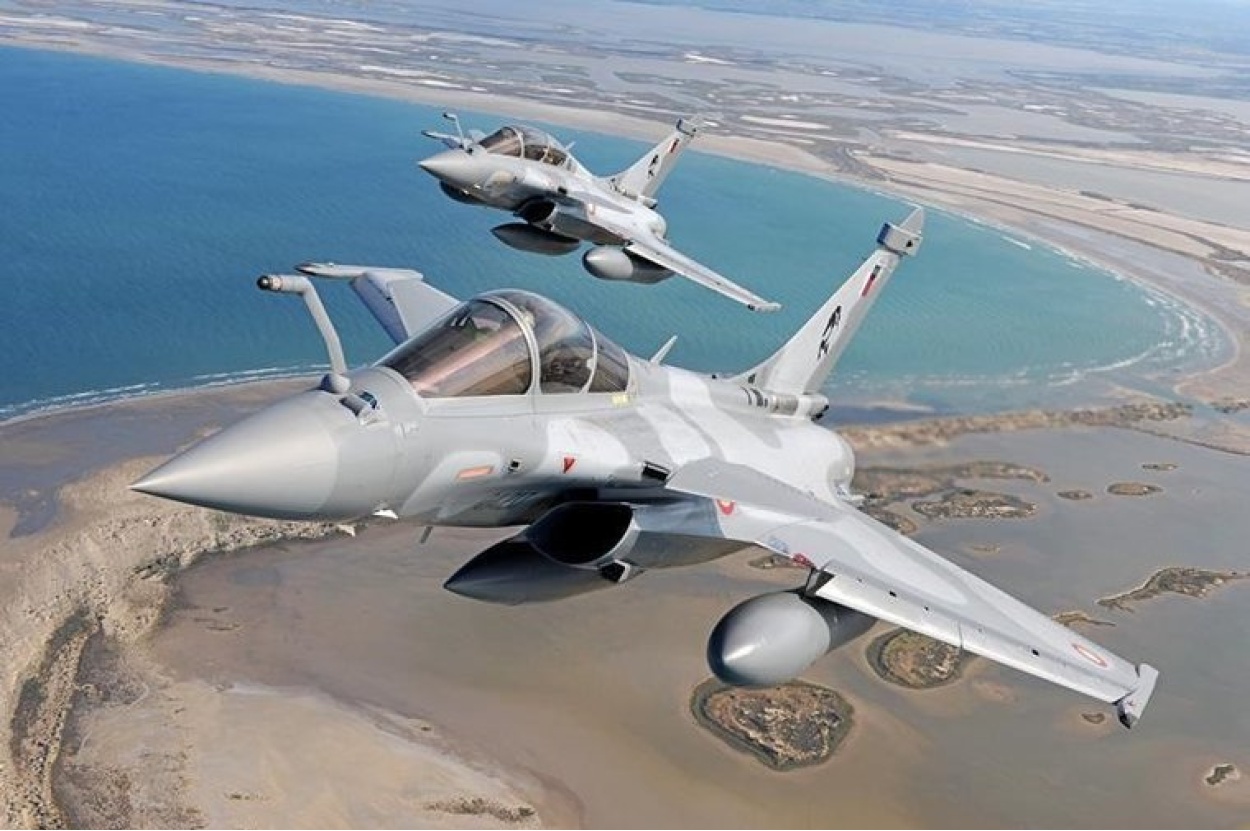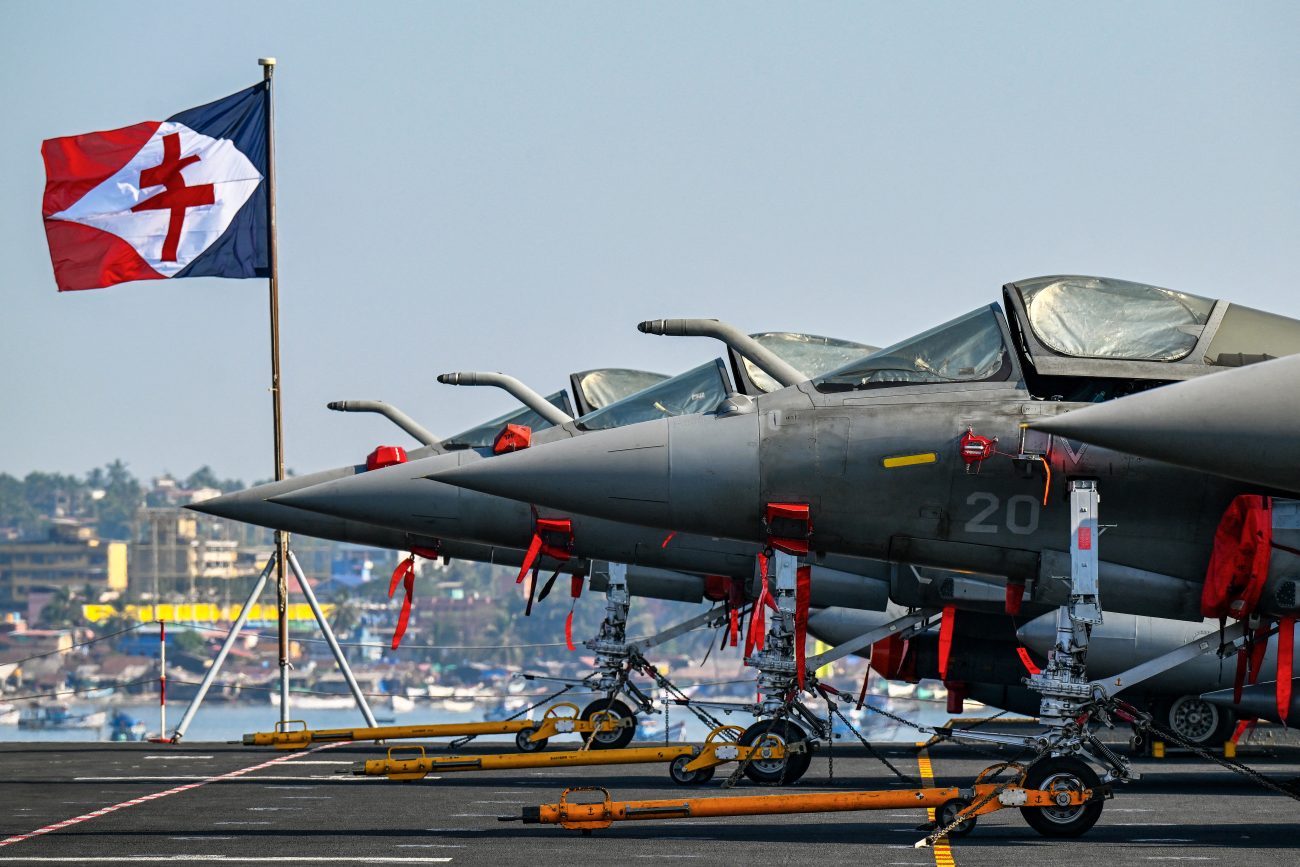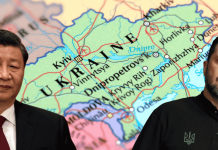France is highly proud of Dassault and its aerospace industry. For Paris, an independent defense industry is the best guarantor of ‘strategic autonomy’ and sovereignty.
As Europe learns the hard way that too much reliance on the US defense industry was a strategic mistake, and it slowly pitches a ‘Buy European’ defense platform, the French are emphatically telling their European partners, “Told You So”.
However, France’s suspicions about over-reliance on other countries for defense and aerospace industry are not limited to the US only and extend to its European partners as well.
France has a reputation for being a somewhat unpredictable partner in joint European fighter jet development programs; case in point: the Panavia Tornado & Eurofighter Typhoon.
In the 1960s, France parted ways with the UK by quitting the Panavia Tornado joint fighter jet development program. Following France’s withdrawal in July 1967, the UK was forced to seek new international partners to realize the project.
In 1969, three nations—Germany, the UK, and Italy—decided to create a dedicated company, Panavia Aircraft GmbH. The first official flight of the P-01 was recorded on August 14, 1974.
Meanwhile, France decided to pursue the Dassault Mirage G. Manufacturing work on the prototype began in January 1966, and the first flight of the Dassault Mirage G took place on November 18, 1967, at the Istres-Le Tubé Air Base in France.
The same story repeated itself with the Eurofighter Typhoon: after quitting the program, France went solo and developed the Rafale.
As the joint French-German-Spanish FCAS (Future Combat Air System) program stares at an ambiguous future, with France threatening to quit the program if it is not given a majority stake, Germany and Spain will do well to understand that Paris sees its decision to quit Eurofighter Typhoon and go solo as a correct decision, which has been proven right in the last two decades.
As Dassault achieves the historic milestone of rolling out the 300th Rafale airframe, it is worth exploring why France and Dassault view their decision to leave Eurofighter and go solo with Rafale as a strategic victory.
Dassault Rolls Out 300th Rafale
Dassault Aviation has reached the historic milestone of producing the 300th Rafale fighter jet. The production milestone was achieved “a few days ago”, Dassault Aviation announced on October 7.
“This milestone reflects the operational, industrial, and commercial success of this combat aircraft, which has no equivalent in its category in terms of versatility and proven operational effectiveness,” the company said in a statement.
The Rafale fighter jet is a “cornerstone of France’s industrial and military sovereignty, thanks to the critical technologies it has developed and the export successes it has achieved,” it added.

The first Rafale units became operational in the French Navy in 2004 and in the French Air Force in 2006.
However, it is worth recalling that France decided to develop Rafale on its own only after it quit the joint Eurofighter Typhoon development program.
Eurofighter Typhoon & France
In the 1980s, Europe decided to develop the Eurofighter Typhoon, a collaborative effort among Britain, Germany, Italy, and Spain.
France was offered a position in this multinational program, but it felt it should have had a near-dominant role: it demanded a 46 percent share in the Eurofighter, leaving the other four countries with just 54 percent.
France left the Eurofighter program in 1985 due to disagreements over design requirements, workshare arrangements, and strategic priorities.
Another sticking point was that France insisted on a fighter jet with maritime capabilities suitable for aircraft carrier operations. Other consortium members—the UK, Germany, Italy, and Spain—were less interested in this feature, resulting in a fundamental clash in design goals.
After quitting the Eurofighter, France decided to focus on developing the Rafale. Notably, the Rafale is a completely French aircraft, with all its components, including engines, radars, and sensors, produced within France.
France’s decision to go solo proved hugely successful.
How France Benefited By Going Solo
In retrospect, it could be safely said that France’s decision to go solo proved hugely successful. After struggling for export orders in its first decade, Rafale has received over 300 export orders in the last decade.
To date, 533 Rafale aircraft have received firm orders from France and eight export customer countries. Of these, 233 jets are yet to be delivered.
The export customers of Rafale are: India, the UAE, Qatar, Indonesia, Egypt, Croatia, Greece, and Serbia.
Currently, 280 Rafales are in service with six countries. The French Air Force has 104 Rafales, and the French Navy has 41 Rafale M fighter jets. Croatia has 12, Egypt (28), Greece (24), Qatar (36), and, according to Cirium fleet data, India has 35 Rafale fighter jets in service.

Notably, India has ordered and received delivery of 36 Rafales. However, as per reports, India lost one Rafale fighter jet during its brief four-day war with Pakistan in May this year.
While Pakistan has claimed that it shot down as many as three Indian Rafale fighter jets, India has not provided details on its operational losses during the clash.
Dassault CEO Éric Trappier later confirmed that India lost one Rafale during its Operation Sindoor. However, he underlined that the fighter jet was lost due to a technical failure at high altitude and was not shot down by Pakistan.
Regardless, this marked the first Rafale crash in a combat operation during its 21 years of operational history.
Cirium fleets data also records that eight Rafales have been lost during accidents, two are listed in storage, and three are employed as test assets by France’s DGA defence procurement agency.
Of the 233 airframes yet to be delivered, France has ordered 47, and five export customers have ordered the remaining 186.
Dassault has to deliver 26 Rafales to Egypt, 26 Rafale M to the Indian Navy, 42 Rafales to Indonesia, 12 to Serbia, and 80 to the UAE.
Furthermore, the Indian Air Force (IAF) can order 114 more Rafale fighter jets under its Multi-Role Fighter Aircraft (MRFA) tender. The Rafale is the frontrunner in the MRFA tender process.
Compared to Rafale’s eight export customers, the Eurofighter Typhoon has been bought by only five countries outside the initial consortium of four nations.
Apart from Germany, the UK, Italy, and Spain—the four member countries of the Eurofighter Typhoon development consortium—the fighter jet has been purchased by Saudi Arabia, Austria, Kuwait, Qatar, and Oman.
Within Europe, while Rafale has been exported to three countries—Greece, Serbia, and Croatia—Eurofighter has been exported to just one European country—Austria.
Overall, while the Eurofighter Typhoon has received 151 export orders from five countries, the Rafale has received 322 export orders from eight countries, more than double the Eurofighter’s. This clearly establishes the Rafale’s superiority over the Eurofighter.
Furthermore, France has complete strategic autonomy over the Rafale, and Paris can singlehandedly decide which country it wants to export the fighter jet to. However, in the case of Eurofighter, all four member countries must approve the export order unanimously, and any single country can veto the process.
Had France not gone solo, it is doubtful that Paris could have accepted all these export orders. In the case of the Eurofighter Typhoon, Paris would have needed Germany’s consent for every single export order, and Berlin follows a stringent human rights oversight policy before exporting arms to any country.
Due to this strict German policy, the UK, Italy, and Spain were unable to export Typhoons to Saudi Arabia for many years. However, Berlin lifted its objection last year.
Similarly, Berlin blocked the sale of Eurofighters to Turkey.
Berlin has blocked the sale of numerous products from the European multinational Airbus, including the A330 MRTT refueling tanker, the C-295 military transport, and the H145 helicopter, to Saudi Arabia, among other destinations.
In 2019, then-Airbus CEO Thomas Enders told Reuters: “It has been driving us crazy at Airbus for years that when there is even just a tiny German part involved in, for example, helicopters, the German side gives itself the right to, for example, block the sale of a French helicopter.”
Furthermore, France developed a naval variant of the Rafale for its aircraft carrier.
In retrospect, it appears that France’s decision to go solo on Rafale proved correct for France.
It won’t be surprising if, given its historical precedent, France once again leaves FCAS midway and develops its own national fighter jet.
- This is an Opinion Article




